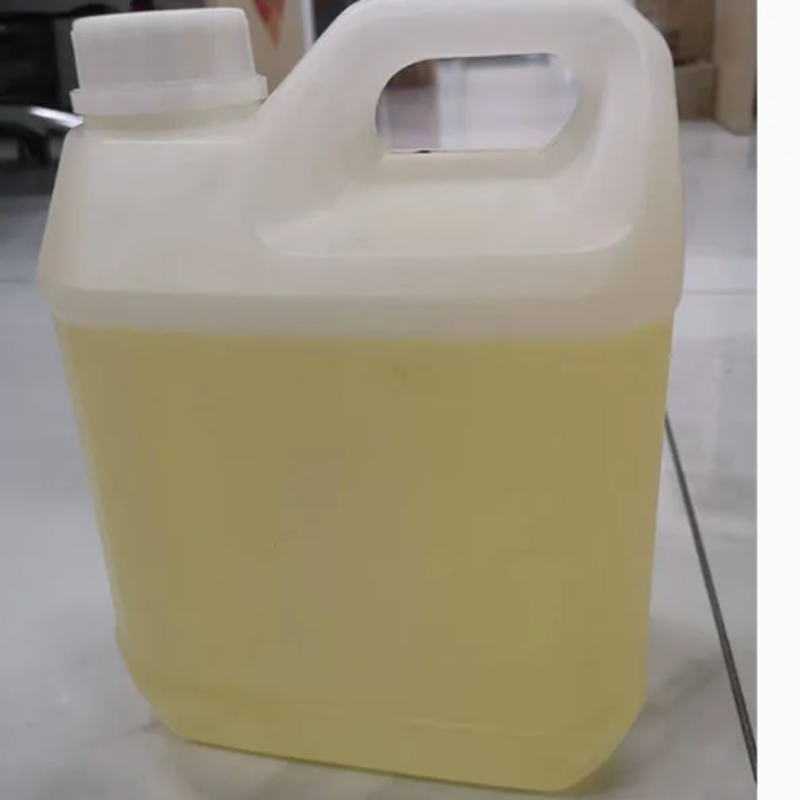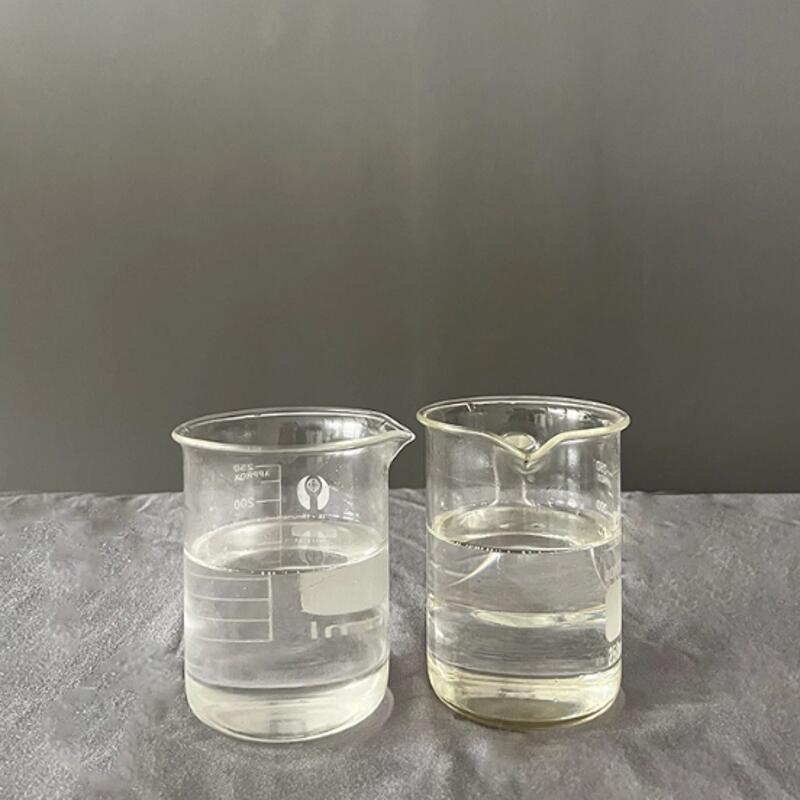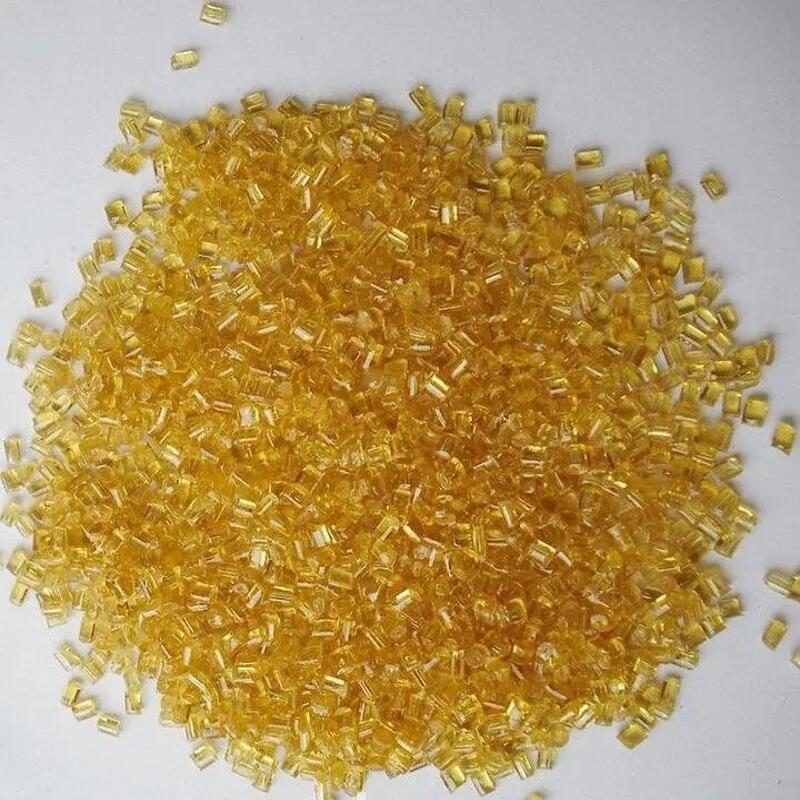-
Categories
-
Pharmaceutical Intermediates
-
Active Pharmaceutical Ingredients
-
Food Additives
- Industrial Coatings
- Agrochemicals
- Dyes and Pigments
- Surfactant
- Flavors and Fragrances
- Chemical Reagents
- Catalyst and Auxiliary
- Natural Products
- Inorganic Chemistry
-
Organic Chemistry
-
Biochemical Engineering
- Analytical Chemistry
-
Cosmetic Ingredient
- Water Treatment Chemical
-
Pharmaceutical Intermediates
Promotion
ECHEMI Mall
Wholesale
Weekly Price
Exhibition
News
-
Trade Service
On January 15, after the joint efforts of the economic and trade teams of China and the United States, on the basis of equality and mutual respect, China and the United States formally signed the first phase of the economic and trade agreement in Washington, the capital of the United States
.
1.
The overall situation of Sino-US trade A trade war will result in a loss for both sides
From 1999 to 2019, the amount of China's exports to the United States increased steadily.
Since the United States started a trade war in 2017, the amount of China's exports to the United States still increased in 2018, but it fell back in 2019, a year-on-year decrease of 12.
5%
.
From 1999 to 2019, the amount of China's imports from the United States began to decline after reaching a peak in 2014, and reached a trough in 2016 and began to rebound
.
By comparing the amount of trade between China and the United States, the trade war is not good for both sides, but it is clear that China's imports from the United States have fallen more and hurt the United States a little more
.
2.
The Sino-US economic and trade agreement is conducive to the import of US polyolefins
China's imports of U.
S.
polyolefins in 2017
.
China's special polyolefin materials and high-performance polyolefin products will be imported from the United States, Europe, Japan and South Korea, such as Dow Chemical, ExxonMobil, Borealis, LyondellBasell, South Korea SK, South Korea LG,
etc.
With the upgrading of consumption in the Chinese market, the Chinese market needs more high-performance materials, and the main import sources are the United States and Europe
.
On January 6, 2020, LyondellBasell's new 500,000-ton/year Hyperzone polyethylene plant in La Porte, Texas, USA, has now started commissioning
.
With the launch of new production capacity in the United States, the polyolefin consumer market in North America is basically saturated, and finding Chinese buyers is the way out
.
3.
Imported ethane and propane are promising
Ethane-to-ethylene projects in China or restarted ethylene production mainly through cracking of different hydrocarbon feedstocks
.
Europe and Japan mainly use naphtha as raw material, and the United States mainly uses ethane as raw material
.
In the United States, ethylene is 52% from ethane, 22% from light hydrocarbons, and 5% from naphtha
.
In Western Europe, 71% of ethylene comes from naphtha, 11% each from light hydrocarbons and LPG, and only 7% from ethane
.
Compared with naphtha as raw material to produce ethylene, ethane cracking has great advantages in ethylene yield and economy
.
The large U.
S.
ethane exports not only increase the flexibility of ethylene production feedstocks in the rest of the world, but also reduce the cost of ethylene production
.
China, India and Africa are the main importing countries and regions of polyethylene in the world, of which China accounts for about 55% of the global import share; while the Middle East, North America, Japan and South Korea are the main exporting countries and regions of polyethylene
.
From 2017 to 2022, with the release of North American ethylene and downstream polyethylene production capacity, the North American export trade share will increase from 15% in 2016 to about 30%, and the Middle East share will drop from 60% to about 40%
.
At present, North American polyethylene resources account for about 6% of China's total imports.
Because North American polyethylene costs have an absolute advantage, if there is no such imported resources, the market gap will be supplemented by some domestic and high-cost resources such as Japan and South Korea.
Therefore, North American resources entry, will pull down domestic prices by 5% -8%
In addition to being beneficial to the import of upstream raw materials, it is also beneficial to China's export of plastic products
.
This is a win-win situation
.
Fourth, the Sino-US agreement is finally a win-win polyolefin investment in full swing
On the one hand, the projects of importing ethane to ethylene and importing propane to propylene or ethylene can be carried out smoothly, and on the other hand, the export opportunities of plastic products will be reopened
.
At present, the annual production capacity of ethylene in China's proposed projects will reach 12.
2 million tons, and the ethane consumption will reach 15 million tons
.
The export ethane port specially built in the United States has an annual transportation capacity of 10 million tons
.
From November 2017 to February 2018, U.
S.
ethane companies and related Chinese companies have quickly signed three large ethane export orders, with a total ethane supply of 7.
2 million tons per year
.
The shale gas revolution has brought abundant and cheap ethane resources to the United States, and China is the world's largest consumer market
.
In 2017, China imported 11.
794 million tons of polyethylene, an increase of 18.
6% year-on-year
.
In 2017, China's ethylene glycol imports exceeded 8 million, and ethylene monomer is still scarce in China
.
Imported ethane to ethylene and imported propane to propylene have natural cost advantages, especially the higher the oil price, the more obvious the cost, which is comparable to coal-to-olefins in cost
.
According to estimates, U.
S.
ethane exports to China generally sign long-term orders of about 10 years, and the import price is basically US$200-300/ton, and the follow-up depends on the market trend of each product
.
Light hydrocarbons to olefins have the final say in the market
.







